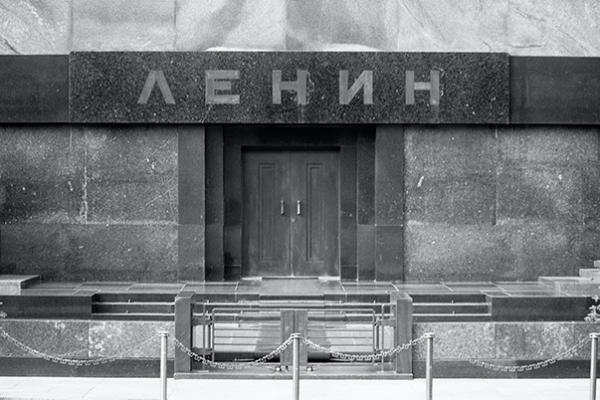May 2021 CSEEES FLAS Alumni Profile: Mark Soderstrom

Mark Soderstrom, PhD in History, Class of 2011
2006-2007 FLAS Fellowship Recipient for Advanced Russian
Where do you work and what is your current position?
I am Associate Professor and Chair of the History Department at Aurora University, a private institution in the western suburbs of Chicago. I came here just after completing my PhD at Ohio State in 2011, and teach a wide range of courses on Russian and Soviet history, world history, environmental history, and historical methods. I also direct our interdisciplinary Environmental Studies major.
Tell us how you got there.
I grew up just outside of Grand Rapids, Michigan. When I started my undergraduate degree at Central Michigan University, I thought I wanted to be a high school history teacher. But when a history professor told my freshman-year class about visiting Moscow and seeing Lenin’s very-long-dead corpse in a glass casket in Moscow, I was astounded. A communist mummy? What? An imagination switch of sorts flipped in my head. I decided then and there that I wanted to visit and explore the place where such a thing existed. I also started reading Russian literature, and was particularly fascinated by Gogol and Dostoevsky. The following year I visited Russia, and then kept returning in the summers to live with Russian hosts and learn Russian. After studying Russian history more intensively at the master’s level, I applied to OSU’s PhD program in history.
What was your focus or research interest when you studied at OSU?
I am a historian of the Russian Empire with particular interests in biography, empire, and environmental history. Currently, I am working to finish the book project that I started while at Ohio State. I came to OSU already interested in how historians use biography and microhistory—the close study of particular, small-scale topics—to shed light on the larger narratives on which we rely to make sense of the past. I also knew that I wanted to write about the Russian Empire. As I worked toward defining a topic, I grew particularly interested in the history of Siberia, and hoped to find a way to apply a biographical, microhistorical approach to a massive region that has typically been studied at the macro level. Titled “Enlightening the Land of Midnight: Peter Slovtsov, Ivan Kalashnikov, and the Saga of Russian Siberia,” my project uses a teacher-student friendship to open a window on the history of the Russian Empire and Siberia’s place within it during the late eighteenth and early nineteenth centuries. The teacher, Peter Slovtsov (1767-1843), and student, Ivan Kalashnikov (1797-1863), were respectively Siberia’s first native-born historian and novelist. They were also imperial officials whose rich archival trail—decades of correspondence, official papers, novels and manuscripts, sketches, and more—is an unusually rich source base through which to explore Russian and Siberian history.
How has your degree from Ohio State and/or the FLAS program impacted your career?
A PhD in History is a prerequisite for my position, but the type of preparation that my degree program at OSU provided was particularly useful in preparing me for my current work. Although OSU is a large, public institution and I am at a small, teaching-focused, private one, my time at OSU gave me extensive teaching experience in a variety of courses. Given that my teaching at Aurora is so wide-ranging in terms of topics, that experience was particularly valuable as I prepared for and transitioned into my current role. As for the FLAS program, I was a fellow during my second year at OSU. That was a particularly opportune moment for me to focus on sharpening my Russian skills, as it came not long before embarking on the archival research across Russia and Siberia for which being able to speak and read fluently would be so essential.
*Photo by Hennie Stander on Unsplash
